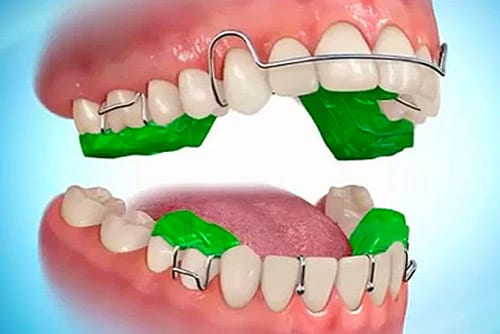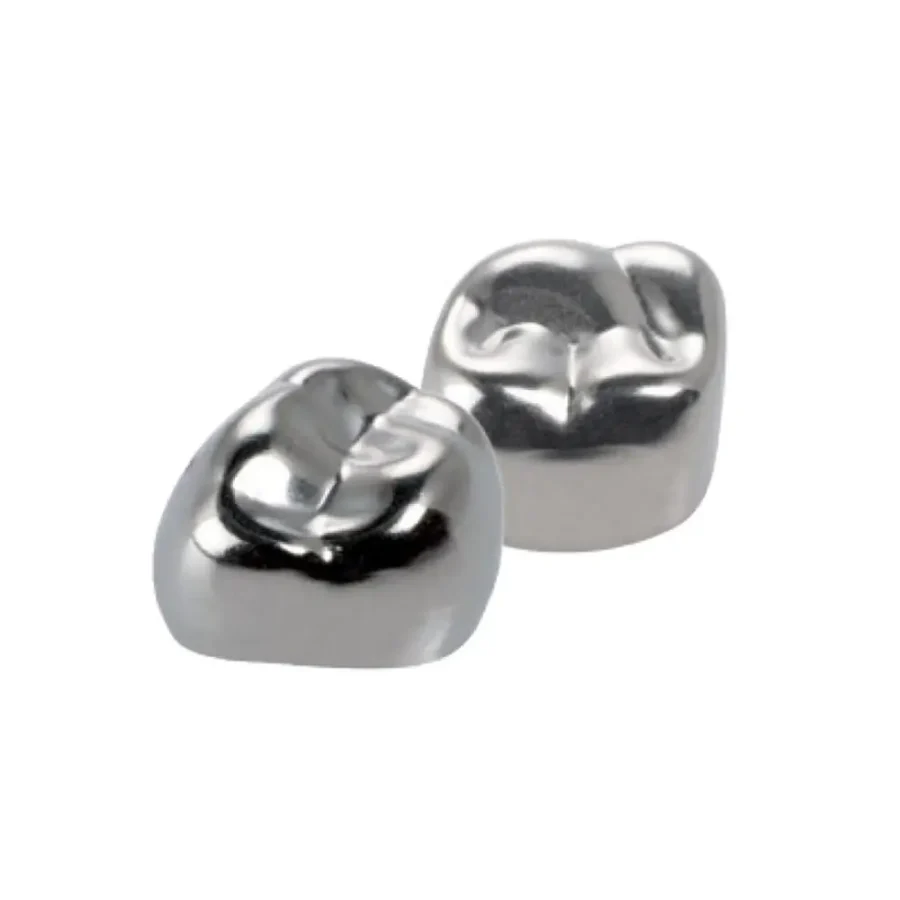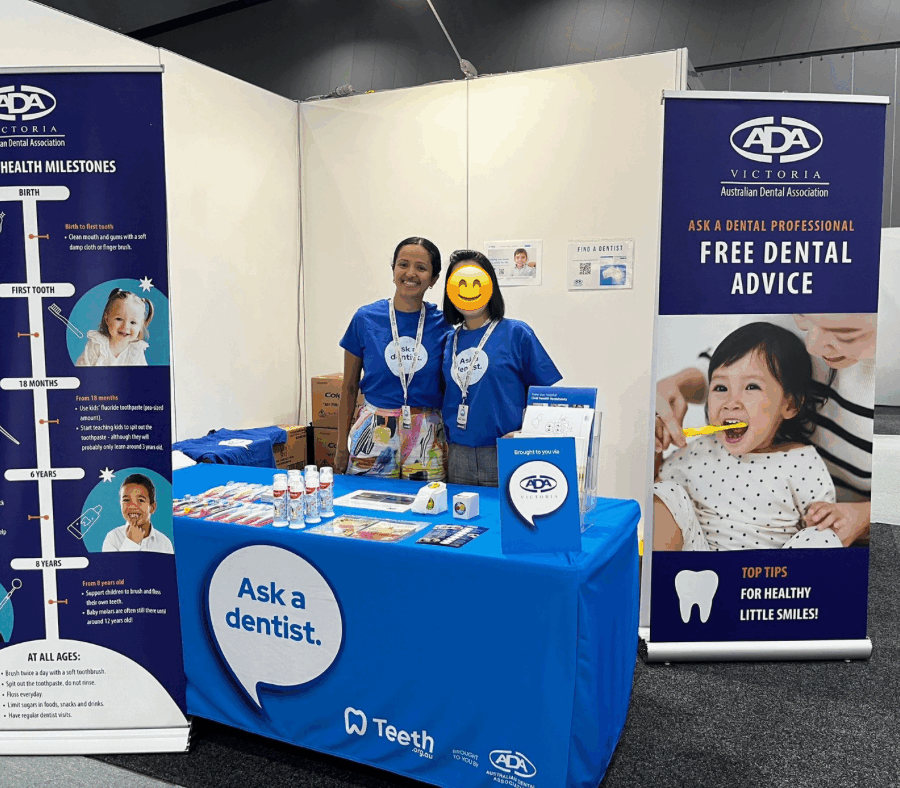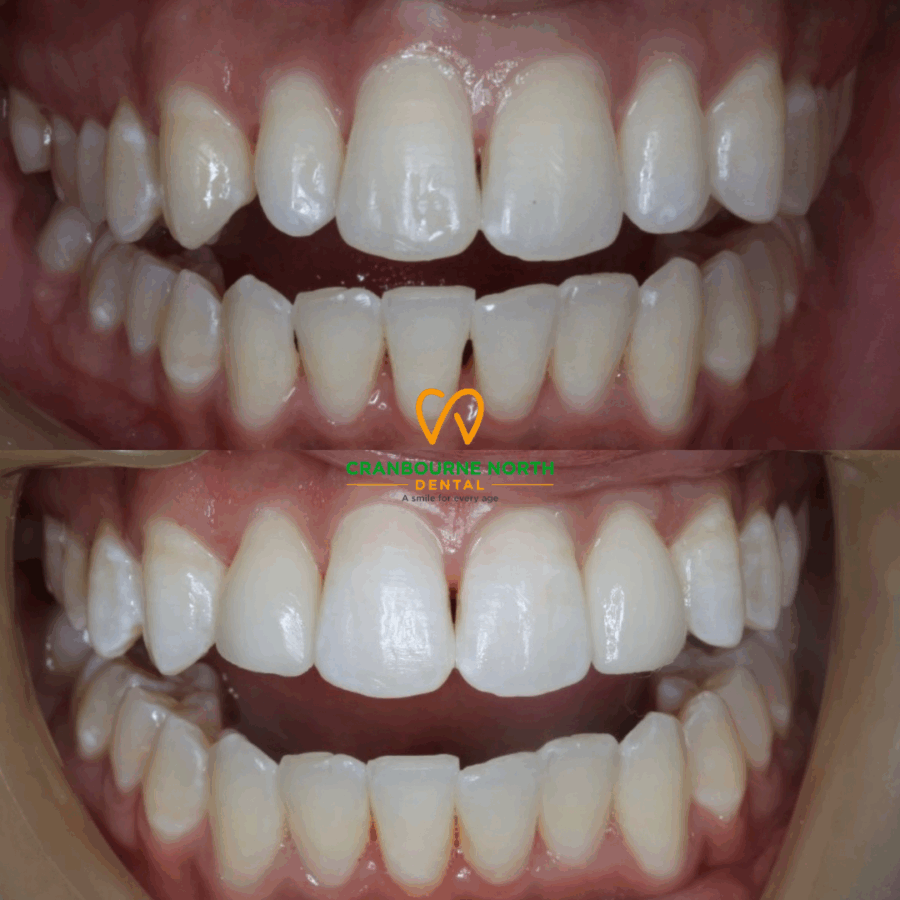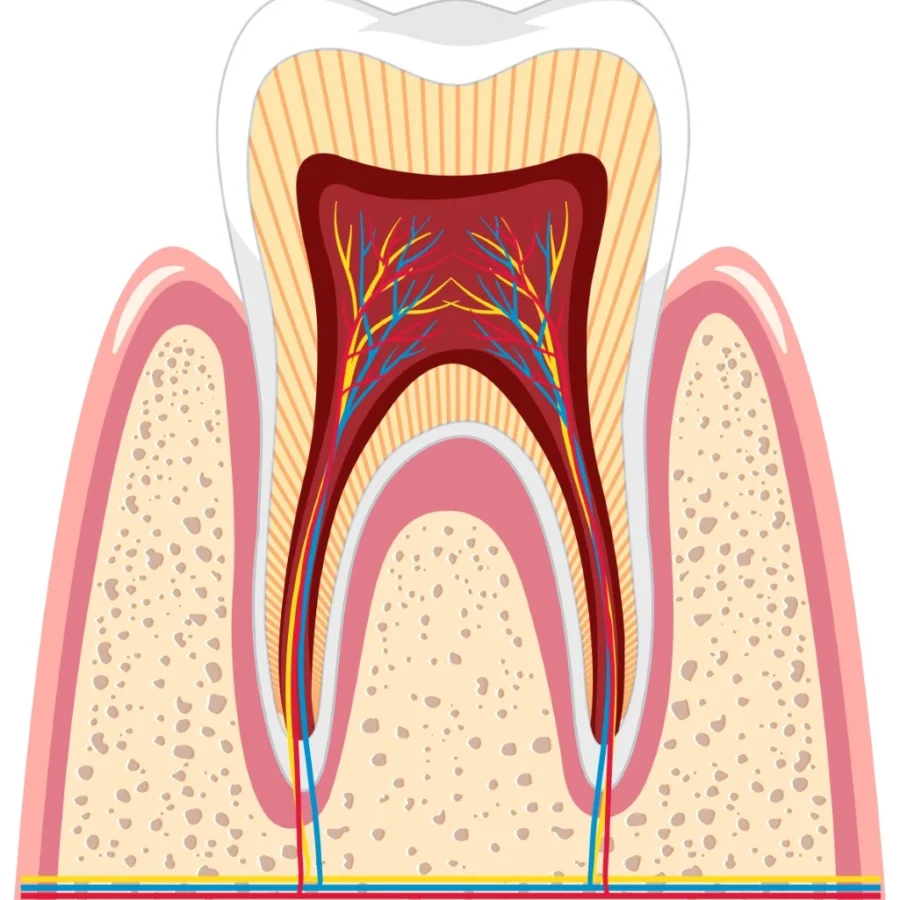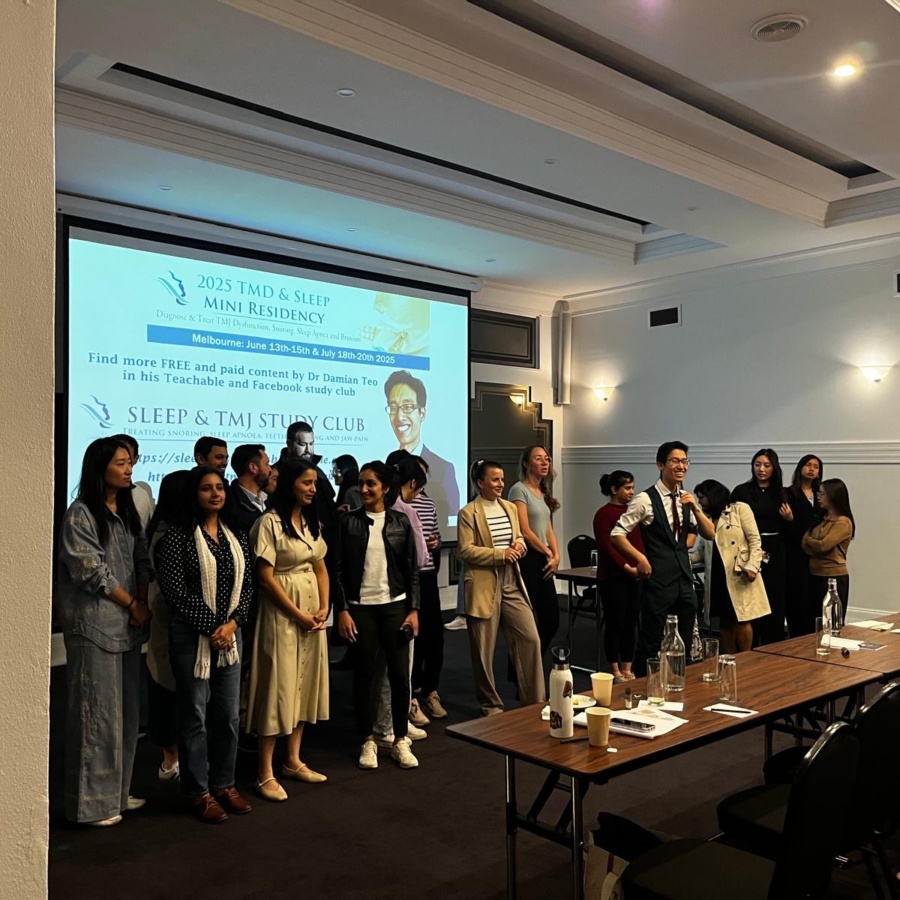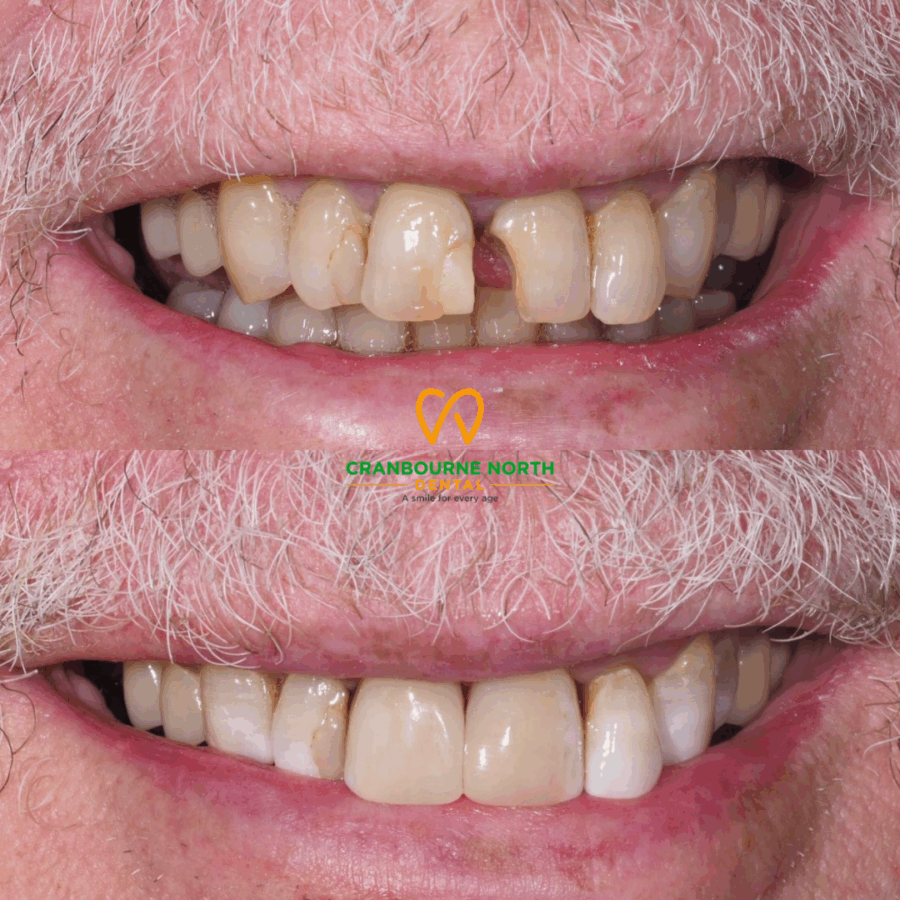Early Interceptive Orthodontics
Early Interceptive Orthodontics is basically doing orthodontic work while a child still has a mixture of primary (baby) and permanent teeth. This typically occurs between the ages of 7 to 12 although this can vary depending on the dental development stage of the child.
The advantage of early treatment is that the early diagnosis and treatment of your child may help an orthodontic problem earlier whilst often minimizing more serious orthodontic problems from occurring. By lessening these problems early, later orthodontic treatment may be shorter and easier (or not required in some cases).
It’s important to note that Early Interceptive Orthodontics Treatment may be only one part of your Orthodontic journey. It is very likely that you will need to have further treatment such as braces or clear aligners to straighten your teeth. Each case is different, and your dentist will inform you of your tailored treatment plan.
Types of Early Interceptive Treatments
Partial Braces
Braces worn only on the adult teeth, while your child still has baby teeth. These normally only involve the front 4 incisors and the first adult molar. This may or may not be used in conjunction with springs which help with some expansion. These are typically used to help resolve crowding in younger children.
Jaw expansion
Typically done with maxillary expanders (more information here). These can either be removable or fixed. Maxillary expanders help to widen the upper jaw by pushing the teeth and bone outwards, and typically involve turning a super screw.
Mandibular advancement devices
Functional Appliance Therapy include the MARA appliance, Herbst appliance, Twin-Block appliance or Clear Aligners (Angel Aligner A6). Again, these can be removable or fixed. These appliances help to position the lower jaw in a more forward position, thereby encouraging faster growth of the lower jaw into a more favourable position (eliminating an overjet).
We DO NOT offer fixed functional therapy.
Signs you might need Early Orthodontic Treatment
Below is a small list of examples (but not exhaustive) of when you might need Early Interceptive Orthodontics Treatment.
- Crossbites (top jaw is too narrow or a top tooth is biting too inwards)
- Deep Overbites or Openbites (top teeth overlap the bottom teeth too much or no overlap)
- Underbites (lower teeth are positioned too far backwards or too far forwards)
- Severe Crowding (lack of space)
- Rotations (teeth not straight)
- Muscle imbalance (poor tongue or lip positions or bad oral habits)
Why Choose Us
- Experienced Cranbourne Dentists who have a special interest in Orthodontics
- Digital 3D Scanning technology
- Fixed & removable plates
- Certified Clear Aligner provider in Invisalign™ (Gold Provider), Spark™ and Angel Aligner™
- Keen focus on airway (breathing), sleep, expansion and jaw relationships
- Multiple payment plan options available for Orthodontic treatment
Frequently Asked Questions
How much does a Early Treatment cost?
The cost greatly depends on the length of treatment and number of appliances used. The cost for this can range from $2,000 (including all appointments) for a simple appliance up to roughly $10,000+ for more complex functional treatments which involve the alignment of your teeth.
Do you need to to refer me to a specialist to do my Orthodontics?
Whilst we are able to do most Orthodontic treatment here at Cranbourne North Dental, we occasionally may need to refer you to an Orthodontist.
Do I need to wear a retainer?
As with all orthodontic work – you must wear your retainer after treatment or you may have orthodontic relapse.
How long is Early Orthodontic Therapy?
Jaw expansion typically will last from roughly 6 months to up to 2 years, depending on the number of plates or devices used.
